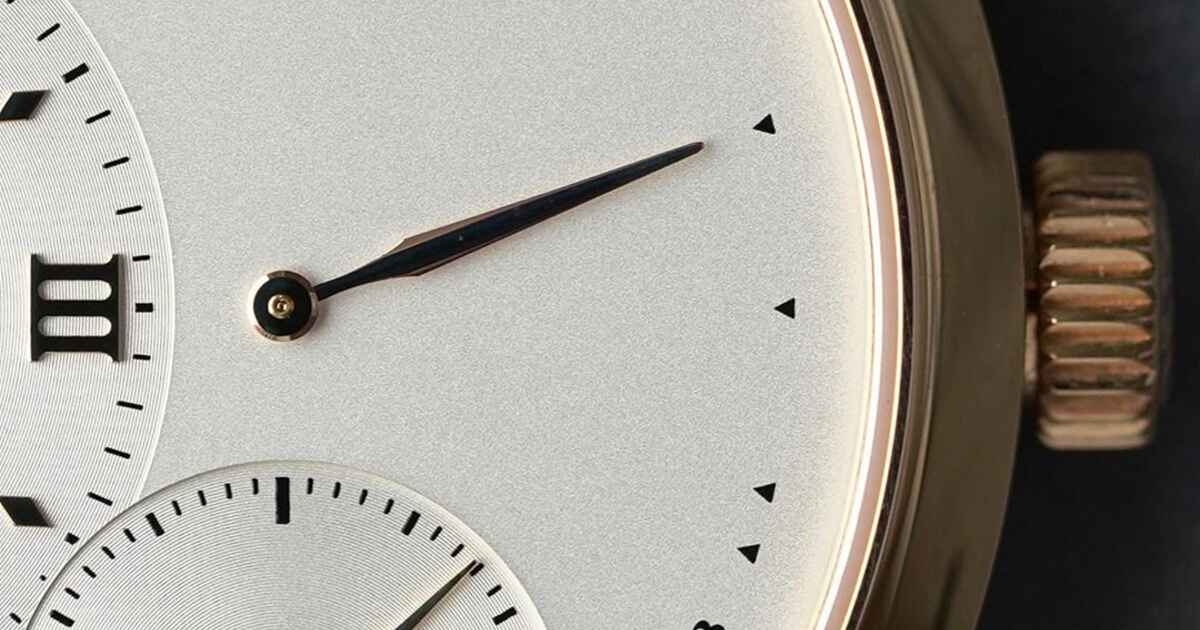
"It's pictured below on the right side of the dial. It starts with AUF ("up") and ends with AB ("down"). A fully wound Lange 1 (indicator up at AUF) will give you about 72 hours before the watch fully runs out of power, stops, and must be wound again. It moves down as the watch runs until you're out of power."
"But no. The indicator follows a non-linear progression downwards. It doesn't sweep from top to bottom evenly over time. It's actually accelerated early. When fully wound, It takes just a day for the indicator to drop down two markers to the halfway point. From there, it takes a day each to hit the lower two markers. This makes it look like it's unwinding faster than it is because the indicator covers more distance in that first 24 hours."
Design can change behavior by manipulating how instrument indicators are perceived. The Lange 1 power reserve uses five unevenly spaced triangles between AUF and AB to shape perception. The indicator moves non-linearly, accelerating early so the hand drops two markers in the first 24 hours, then advances one marker per day for the lower markers. A fully wound watch provides about 72 hours of running time, but the accelerated early motion makes unwinding appear faster, encouraging more frequent winding. Uniform spacing would make depletion feel steadier and might reduce the owner's impulse to wind as often.
Read at Hey
Unable to calculate read time
Collection
[
|
...
]